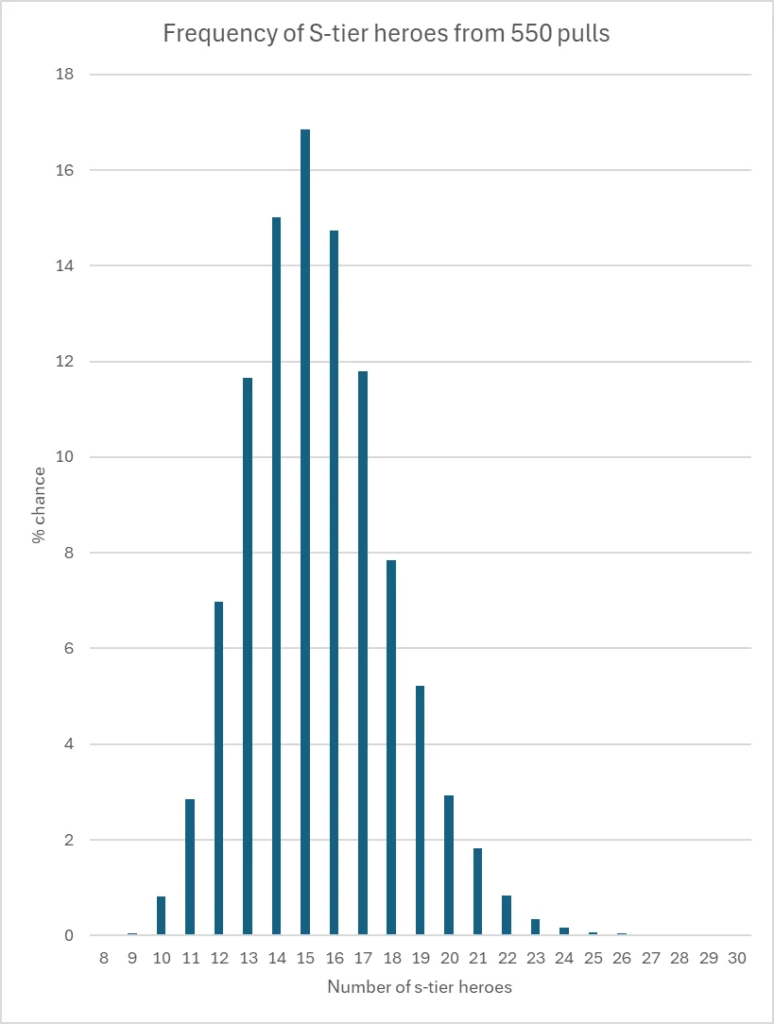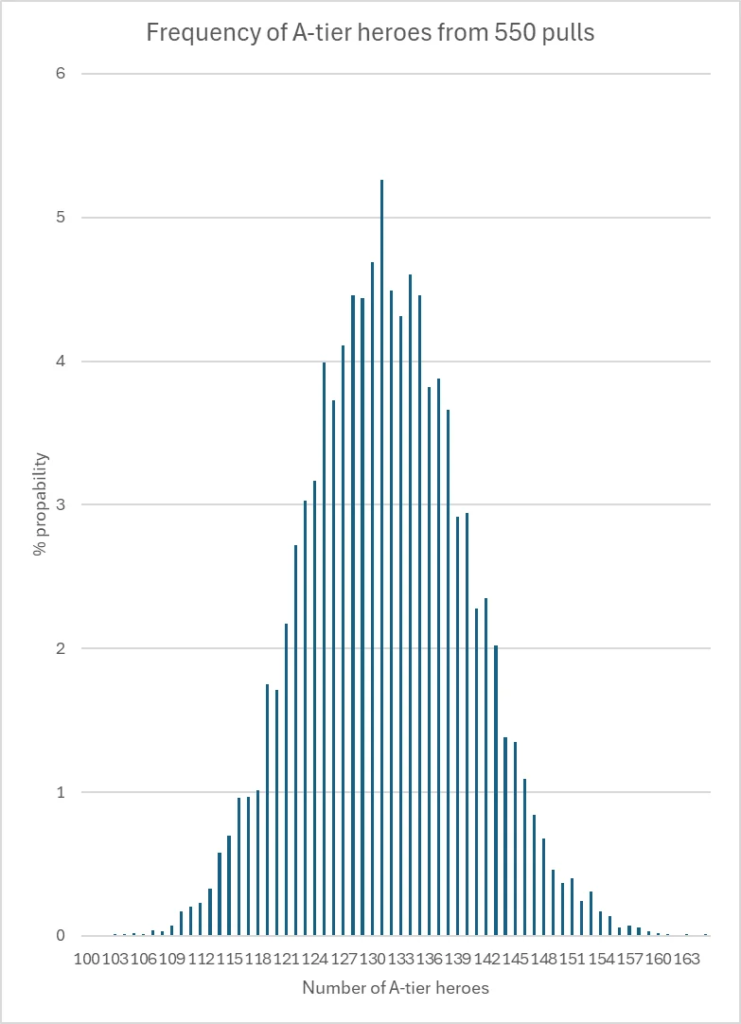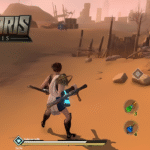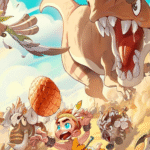The world of gacha games thrives on the allure of rare and powerful characters, items, or abilities. Players invest resources, often real-world money, in the hopes of acquiring these coveted prizes through a system known as gacha mechanics. However, the foundation of this system rests on trust – trust that the advertised drop rates, the likelihood of obtaining specific rewards, accurately reflect reality. This trust has been shaken in the case of AFK Journey, a popular mobile game, after a dedicated player’s experiment exposed significant discrepancies between the developer’s claims and actual drop rates.
The Importance of Gacha Transparency

For players, gacha rates are a crucial decision-making factor. Each game sets its own rates, determining the cost of individual gacha pulls and ultimately influencing players’ investment strategies. Ideally, these rates ensure a fair chance of acquiring desired rewards within a reasonable amount of spending. However, the issue arises when developers potentially manipulate or misrepresent these rates, creating an unfair advantage and undermining player trust.
AFK Journey: A Case Study in Questionable Rates

AFK Journey boasts a passionate player base, but doubts regarding its gacha system have simmered for some time. The developers advertise a 2.05% drop rate for S-tier heroes (the rarest and most powerful characters) and a 22.5% drop rate for A-tier heroes. However, many players, through extensive gameplay, felt these rates did not align with their experiences. These suspicions sparked a desire for concrete evidence, leading one determined player to embark on a remarkable experiment.
The 5.5 Million Gacha Roll Challenge: Unveiling the Truth

This player took a bold step, conducting a massive experiment to validate or refute the developer’s claims. They started by personally investing in 550 gacha pulls. While this provided valuable data, it wouldn’t definitively answer the question. To achieve a statistically significant sample size, the player employed a script to automate the process, simulating another 10,000 gacha pulls repeatedly. This meticulous approach resulted in a staggering 5.5 million simulated gacha rolls, painting a more accurate picture of the game’s true drop rates.
The Shocking Results: A Glaring Discrepancy


After meticulously recording the outcomes of these millions of simulated pulls, the results were far from the advertised rates. The actual drop rate observed was a mere 12 out of 15.45 for S-tier heroes and 115 out of 131.60 for A-tier heroes. These figures translate to a significant discrepancy, with the player falling within the bottom 10.68% of players in terms of luck based on the simulated rolls. While such an unfortunate outcome may not be typical for every player, the vast discrepancy between advertised and observed rates raises serious concerns.
Community Uproar and the Need for Transparency

This experiment has ignited a firestorm within the AFK Journey community. Players have long voiced suspicion about the game’s gacha system, and this large-scale demonstration provides tangible evidence. The discrepancy has led to widespread dissatisfaction and protests, highlighting the importance of transparency in gacha games. Players deserve a fair playing field, and developers hold the responsibility to ensure advertised drop rates accurately reflect the actual probabilities.
Moving Forward: Rebuilding Trust in Gacha Systems
The AFK Journey saga serves as a cautionary tale for the entire gacha gaming industry. When developers fail to maintain transparency and fairness, player trust erodes. This incident demonstrates the power of the gaming community to hold developers accountable. Moving forward, developers must prioritize transparency by implementing mechanisms that allow players to verify advertised drop rates. Additionally, fostering open communication with the player base fosters trust and creates a more positive gaming experience for everyone involved.
The player’s experiment in AFK Journey serves as a reminder that the gacha system, while alluring, requires accountability and transparency. Only through a focus on fairness and accurate representation of odds can the gacha system truly thrive.
See more games in the Game News section here.













